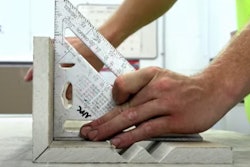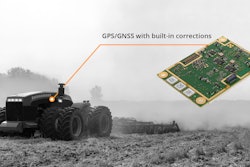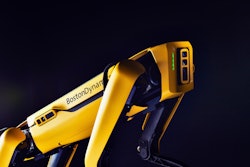Japan’s Institute of Advanced Industrial Science and Technology, or AIST, developed a humanoid robot that can carry out simple construction tasks such as installing drywall autonomously to replace human labor where there are shortages or work in dangerous environments.
Several robotics-intelligence technologies allow the 220-lb. robot, designated HRP-5P, to carry out a number of heavy tasks on its own:
- environmental measurement
- object recognition
- whole-body motion planning
- control technology
- task description
- execution management
- high reliability systemization
Using HRP-5P as a development platform to facilitate industry/academia collaboration, AIST expects development of practical humanoid robots in building construction and assembly of large structures such as aircraft and ships to accelerate.
Coverage of HRP-5P at TheVerge.com refers to a 2013 Oxford University study that quantifies the likelihood of job automation estimating that the job of “Drywall Installer” at a 79% chance of being digitized. It’s worth noting that the same study also assigns a 79% chance of robotic competition for flooring work and more, including:
- Brickmasons -- 82%
- Mason tenders -- 83%
- Steelworkers -- 83%
- Insulation workers -- 83%
- Paving, surfacing and tamping operators -- 83%
- Plasterers and stucco masons -- 84%
- Highway maintenance workers -- 87%
- Construction laborers -- 88%
- Reinforcing iron and rebar workers -- 90%
AIST prioritizes development of robots because Japan’s declining birthrate is expected to result in extreme labor shortages. The human-like robot is considered an important arm of this development, as assembling large structures such as buildings and aircraft or ships has resisted application of today’s commercial robots because a construction work environment can’t be tailored to the robot’s abilities. Humanoid robots, with a body structure similar to human beings, can substitute for human work without changing the environment.



















